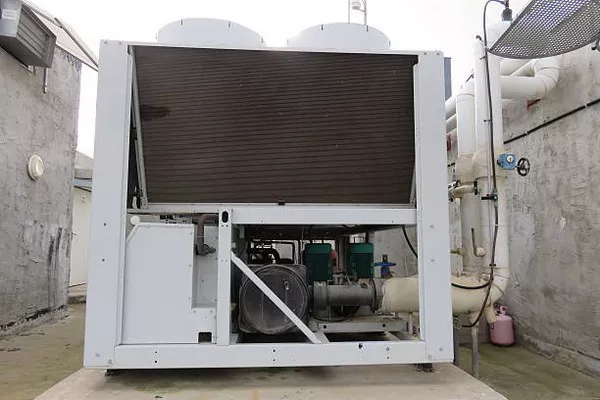In an era where uninterrupted power supply is critical for both residential and commercial settings, standby generators play a pivotal role in ensuring continuity during power outages. Among the leading manufacturers of standby generators, Generac stands out for its innovative designs and reliable performance. In this article, we will delve into the intricacies of how Generac generators work, shedding light on the technology that powers these essential devices.
Engine Operation
At the heart of every Generac generator lies a robust engine that drives the entire system. Typically fueled by natural gas, propane, or diesel, the engine serves as the primary power source. When the generator detects a power outage or voltage drop, the engine is automatically activated to begin the power generation process.
Generac generators often employ four-stroke internal combustion engines, known for their efficiency and durability. These engines are designed to meet rigorous performance standards, ensuring a seamless transition from grid power to generator power.
Automatic Transfer Switch (ATS)
A key feature that sets Generac generators apart is the Automatic Transfer Switch (ATS). The ATS is responsible for monitoring the electrical supply from the grid. When the system detects an interruption in power, the ATS swiftly redirects the load from the grid to the generator. This automatic switchover ensures a smooth transition without any disruption to the connected appliances and devices.
The ATS also plays a crucial role in monitoring the grid’s status. Once the grid power is restored, the switch transfers the load back to the grid and commands the generator to shut down. This automated process allows users to enjoy a hands-free and reliable power backup solution.
Voltage Regulation
Maintaining a stable voltage is imperative for the proper functioning of electronic devices and appliances. Generac generators are equipped with advanced voltage regulation systems to ensure a consistent and clean power output. Voltage regulators continuously monitor the electrical output and make real-time adjustments to maintain voltage within the specified range.
Generac’s proprietary True Power™ Technology is designed to provide smooth and stable power with low total harmonic distortion (THD). This is especially crucial for sensitive electronics, ensuring that they receive a reliable power supply without the risk of damage.
Cooling System
Efficient cooling is essential to prevent the generator components from overheating during prolonged operation. Generac generators employ various cooling mechanisms, depending on the model and power capacity. Air-cooled generators use fans to dissipate heat, while liquid-cooled generators utilize a closed-loop system with a radiator and coolant to regulate temperature.
The cooling system is crucial for maintaining optimal engine performance and prolonging the generator’s lifespan. Generac’s commitment to robust engineering ensures that their generators operate effectively even in challenging environmental conditions.
Controller and Monitoring Systems
Generac generators are equipped with advanced control panels that serve as the command center for the entire system. These panels allow users to monitor the generator’s status, configure settings, and receive alerts in case of issues. The controller is responsible for initiating the automatic start sequence when a power outage occurs, ensuring a rapid response to restore power.
In addition to the control panel, Generac generators often come with remote monitoring capabilities. Users can leverage mobile apps or web interfaces to check the generator’s status, receive notifications, and even initiate remote start or stop commands. This level of connectivity enhances user convenience and allows for proactive maintenance.
Fuel Supply System
Generac generators are versatile in terms of fuel options, offering models that run on natural gas, propane, or diesel. The fuel supply system is a critical component responsible for delivering a steady and reliable fuel source to the engine.
Natural gas and propane generators are often connected directly to the utility gas line or a dedicated propane tank. These systems feature automatic fuel shutoff valves for safety and efficiency. Diesel generators, on the other hand, rely on an integrated fuel tank or an external tank, ensuring a stable fuel supply during power outages.
See Also: How Long Do Generac Generators Last
Conclusion
Generac generators have established themselves as reliable and efficient solutions for backup power needs. The seamless integration of advanced technologies, such as automatic transfer switches, voltage regulation, and remote monitoring, sets Generac generators apart in the market.
Understanding the inner workings of Generac generators provides users with valuable insights into the technology that safeguards their homes and businesses during power outages. As the demand for reliable standby power continues to grow, Generac’s commitment to innovation and performance ensures that their generators remain at the forefront of the industry.

